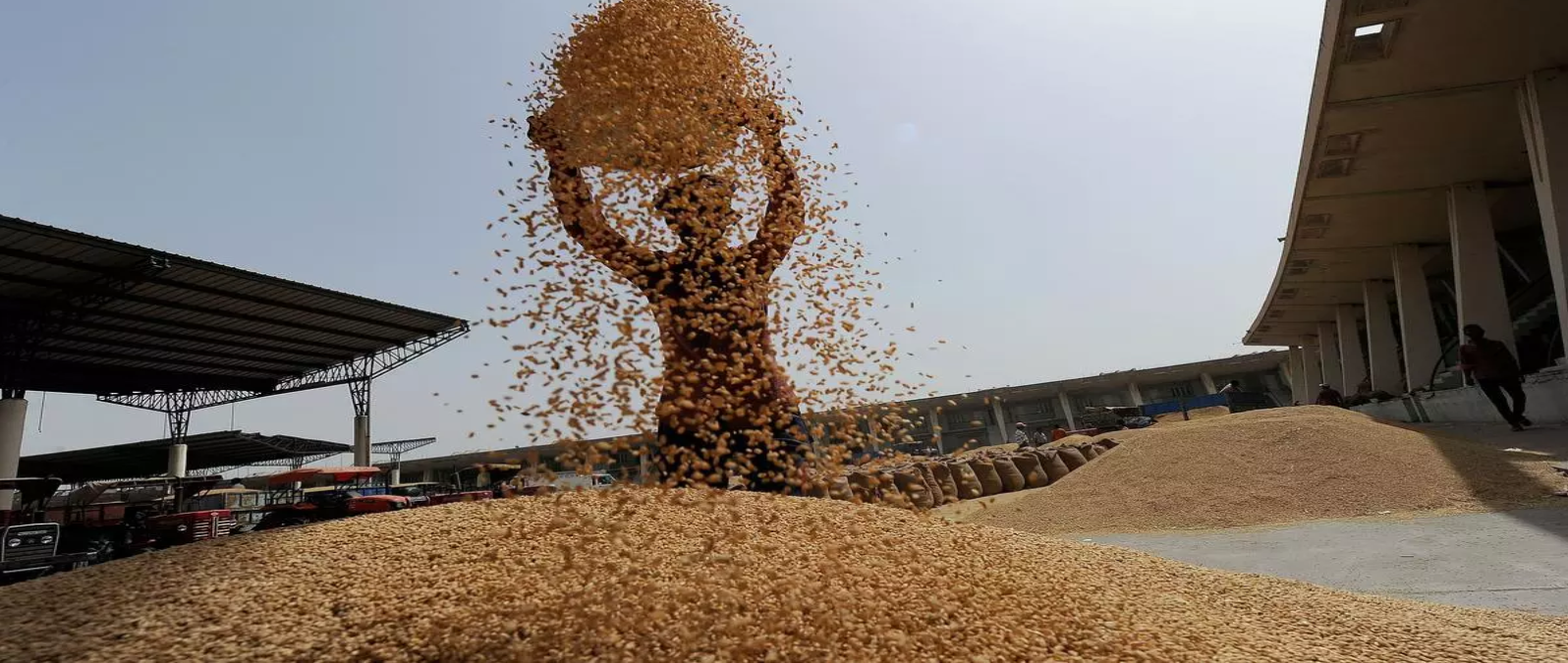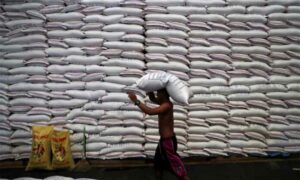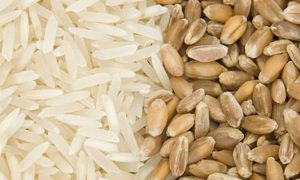India’s wheat policies are behind the curve

Over the last 18 months, wheat has been a topic of animated discussion in the global agribusiness circles following the outbreak of the Russia-Ukraine war. As the world’s second largest producer of wheat, in India, too, wheat has been a topic of debate.
Since the harvest last year (April/May 2022), the supply-demand fundamentals have tightened. Procurement by Food Corporation of India (FCI) has fallen well short of the target for two years in a row, 2022 and 2023. Tight S-D balance has driven open market prices well above the specified procurement price.














